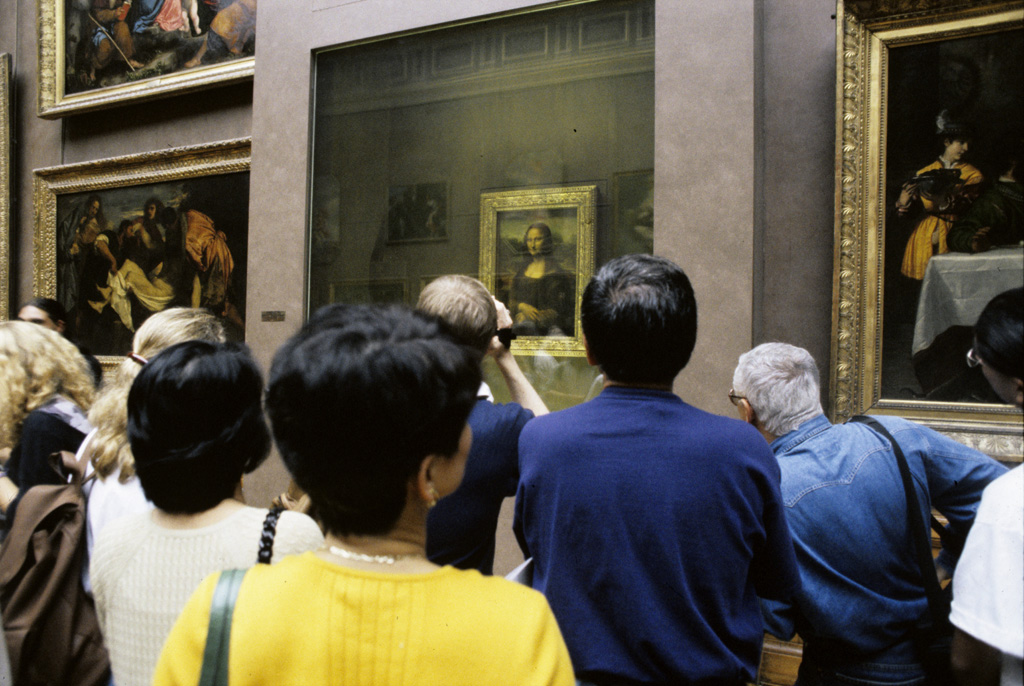Around two out of three museums, national museums and organisations in Europe say they are subject to political pressure. Three out of ten museums feel that they cannot express their views without being judged for them. Budget cuts, exhibition cancellations and closures, pressure to conform to political agendas and censorship or self-censorship are the main ways in which political influence manifests itself.
NEMO, the Network of European Museum Organisations, publishes a barometer on the growing polarisation in Europe and its impact on museums. According to the results of the Barometer, an overwhelming majority - more than 7 out of 10 museums and national museums and more than 8 out of 10 organisations - believe that there is increasing polarisation in their country and that this is affecting the work of museums.
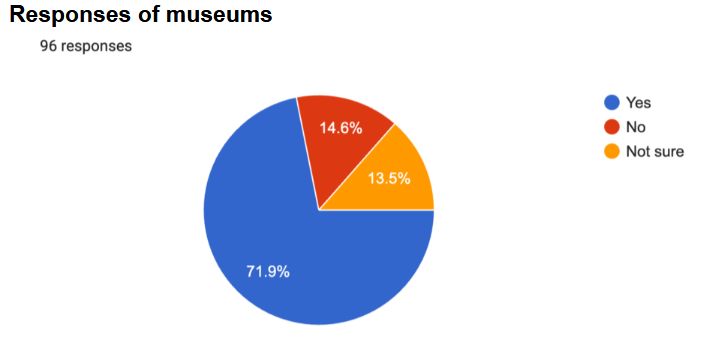
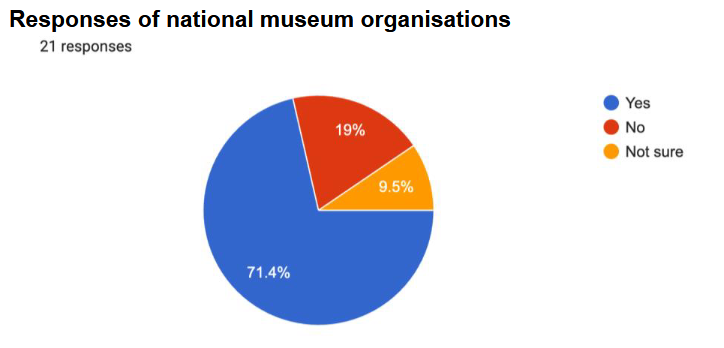
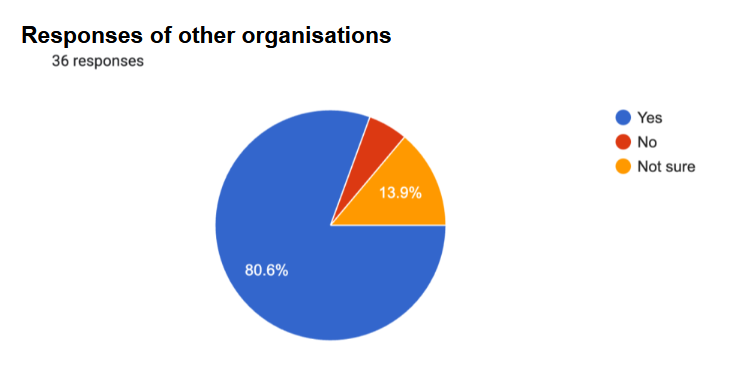
According to the network, museums are often seen as neutral spaces for cultural preservation and education, but they are increasingly becoming arenas of political contention, subject to pressure from different political groups. Governments, advocacy groups and other stakeholders often seek to shape how history, identity and values are presented.
NEMO's Barometer aims to explore these dynamics and to examine the extent to which political influence shapes the work of European museums and how professionals in these institutions deal with these challenges.
The results presented in the Barometer are based on responses to a questionnaire carried out by NEMO in the summer of 2024. There were 153 responses from 31 countries. Insights from the Barometer were used to inform discussions at the NEMO European Museum Conference 'Can we talk? Museums facing polarisation' in November 2024. Following the conference, the NEMO Board issued a statement on the increasing challenges museums face due to political interference and societal polarisation.
As stated in the introductory note to the barometer “the data presented highlights the challenging circumstances faced by the European museum sector amidst increasing societal polarisation. This development is frequently leading to intense, and sometimes uncontrollable, pressure on museum operations. The responses confirm the concern of the museum community that growing political influence on museums can significantly weaken the functioning and reputation of European museums as reliable institutions, jeopardising their capacity to work impartially and maintain their independence”.
Barometer on political influence in museums in Europe
- Museums, national museums and independent organisations were asked whether they feel they are subject to political pressure. Around six out of ten museums, around 7 out of ten independent organisations and more than three quarters of national museums answered positively.
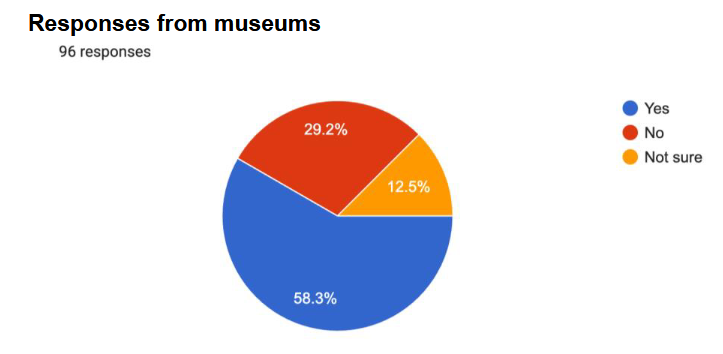
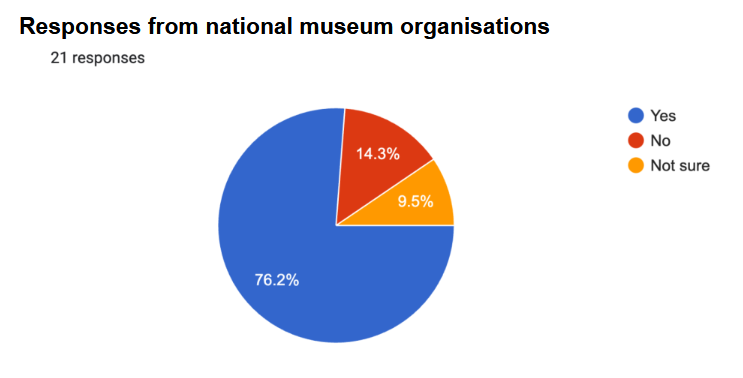
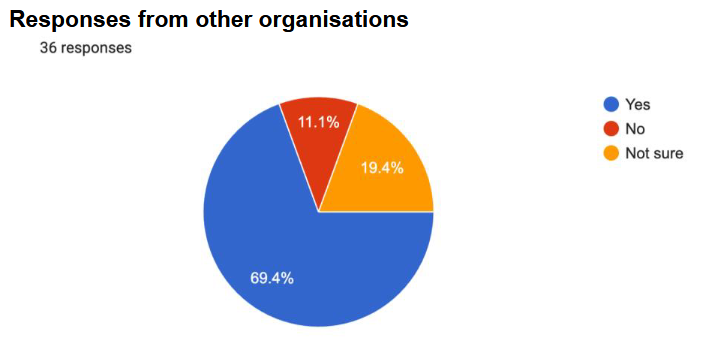
- Museums, national museums and independent organisations were asked about the area where political influence is most evident. Budget was the most popular response with programming and exhibitions and public political positioning following.
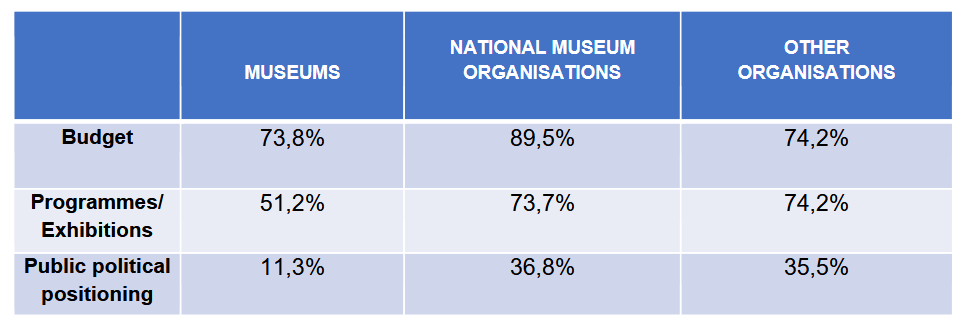
- Regarding of the ways in which political influence manifests itself, respondents mentioned restrictions on funding, influence on public action by cancelling reports, political interference in governance and pressure from interest groups, and influence on public opinion.
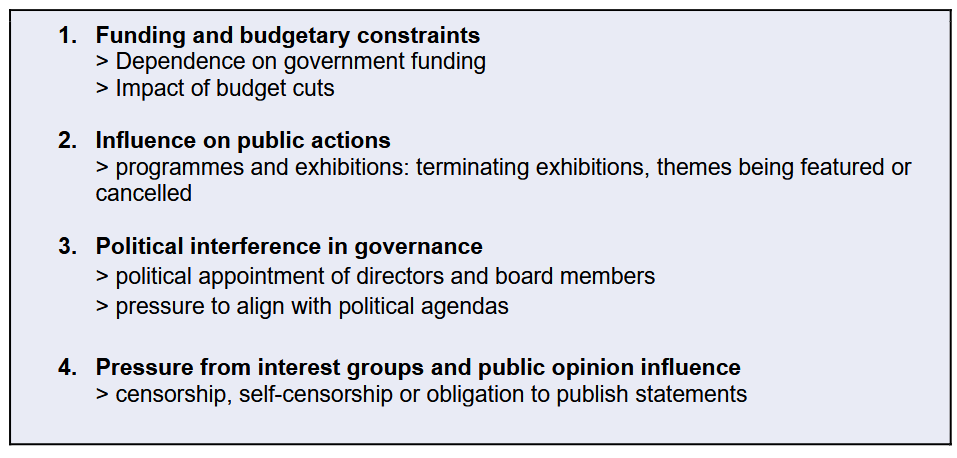
- When asked whether museums feel that they can openly express their views, three out of ten respondents answered negatively and five out of ten positively.
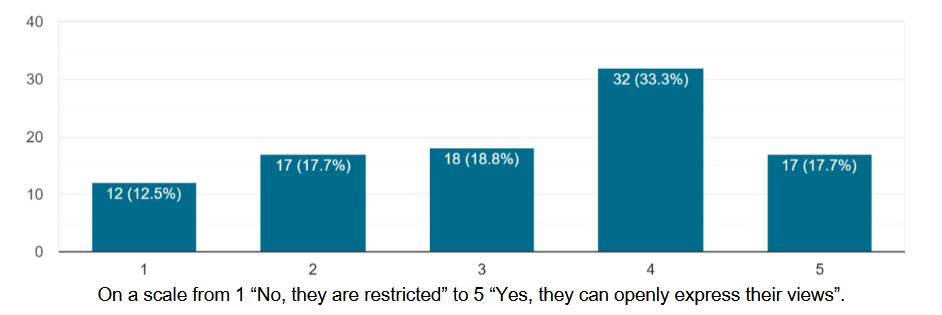
- Museums were also asked how they respond to issues that heat up public debate, whether political, ideological or other. More than 4 in 10 museums say they tend to ignore issues that heat up public debate, while only 2 in 10 museums say they actively respond to them.


- Finally, museums were asked whether they thought the public viewed them as trustworthy actors in society, and around six out of ten responded positively.
You can read the Barometer here
--
Photo credit: Commons:RIA Novosti
Photo source








